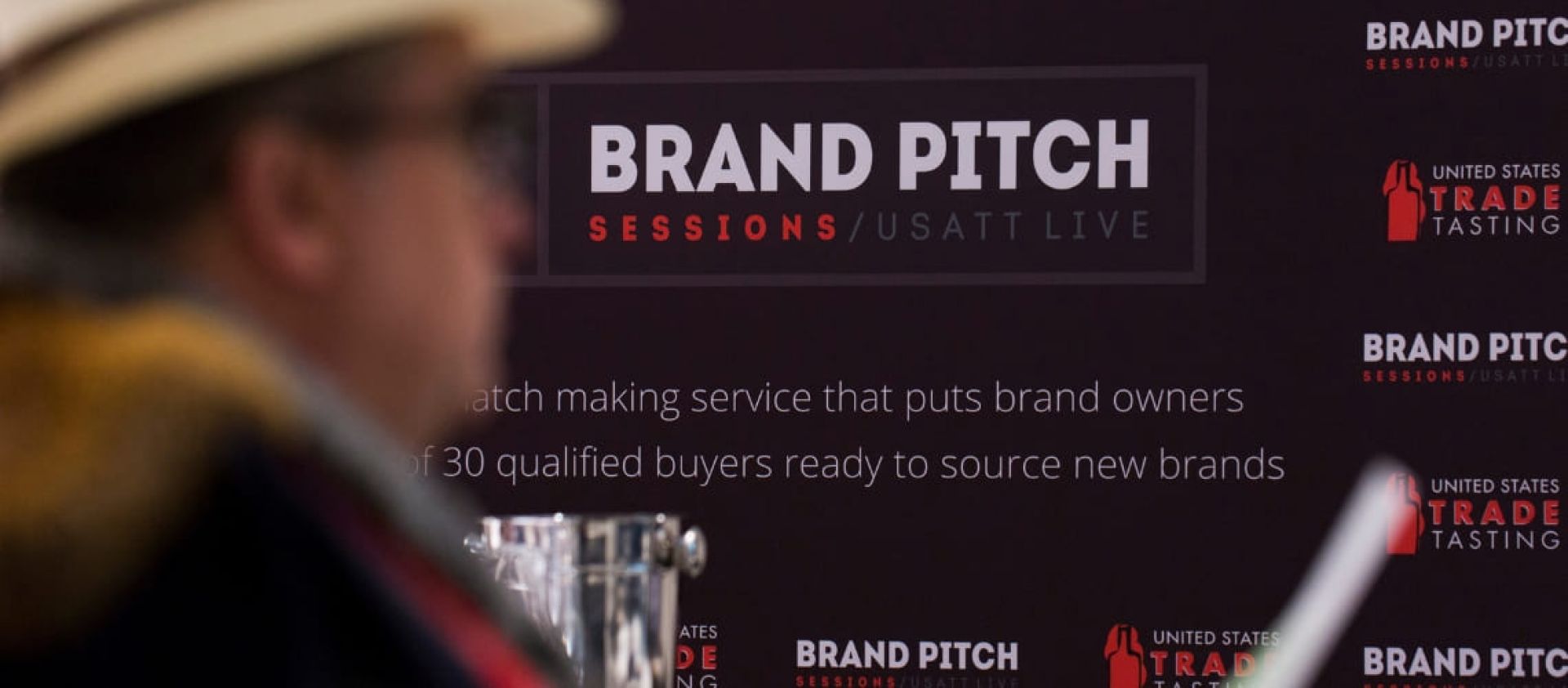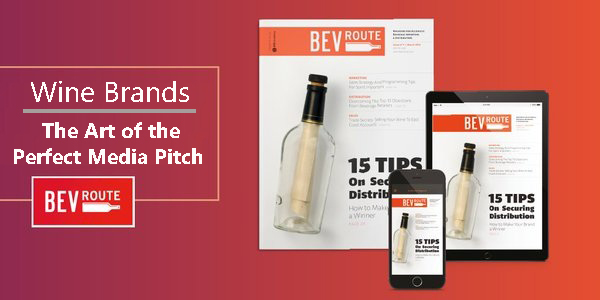
Insights
Wine Brands: The Art of the Perfect Media Pitch
Knowing the audience of the media publication you are pitching automatically gives you insights into the types of stories that would be considered newsworthy.
What’s an example of a great pitch that a wine brand could use for reaching out to the media? When wine brands are reaching out to media outlets, they need to refine their pitches so that they are selling the right story at the right time. While there is no surefire, perfect pitch that is likely to win over every single media outlet, there are certain approaches that tend to do well, according to an all-star panel of media insiders who gathered at the 2019 USA Trade Testing Conference. Knowing the audience of the media publication you are pitching is paramount. This automatically gives you insights into the types of stories that would be considered “newsworthy” by top editors.
First and foremost, says Felicity Carter of Meininger’s Wine Business International, you have to keep in mind the “global significance” of the wine being sold if you want her to cover your wine’s story. That’s because the audience of her publication is very international, with readers all over the world. It also helps to piggyback on top of current events and trends. As W.R Tish of Beverage Media Group points out, one great example of this was the recent 2016 Summer Olympics in Rio. At the time, the big trend was around anything Brazilian, so it made sense to cover Brazilian wines. At any other time of the year, a pitch about Brazilian wines might have fallen flat, but not when the eyes of the world were in Rio. For wine brands, it’s also helpful to understand the different publication cycles of both print and digital publications.
A print publication, for example, will have to have all the layout and printing done a full month before publication, so you need to provide plenty of lead time if you want your story published. In some cases, says David Ransom of The Tasting Panel and The SOMM Journal, pieces will be assigned anywhere from 3 to 6 months before publication. The publication cycle is shorter for digital publications. Gregg Glaser, the editor of Modern Distillery Age, says that, for an e-newsletter going out on Friday morning, he can accept breaking news stories up until Thursday night. There’s always room, he says, to include a “breaking news” item that’s particularly relevant for readers.
It’s also helpful to take a look ahead at stories that might be popular several months from now. For example, says Felicity Carter, any stories surrounding Donald Trump and the Trump Winery would be examples of story pitches you might have been able to anticipate months in advance. The consensus appears to be that a successful pitch has to occur at the right place and the right time. It’s more than just avoiding a pitch about a heavy red Bordeaux in the middle of summer – it’s about understanding the types of stories that comprise a news cycle, and when stories are likely to be relevant to readers. Ultimately, media publications provide a service to readers, and so any media pitch has to take this into account.
Become a USATT exhibitor and grow your distribution in the USA. Meet importers, distributors, retailers and press. Get exhibitor information here.



